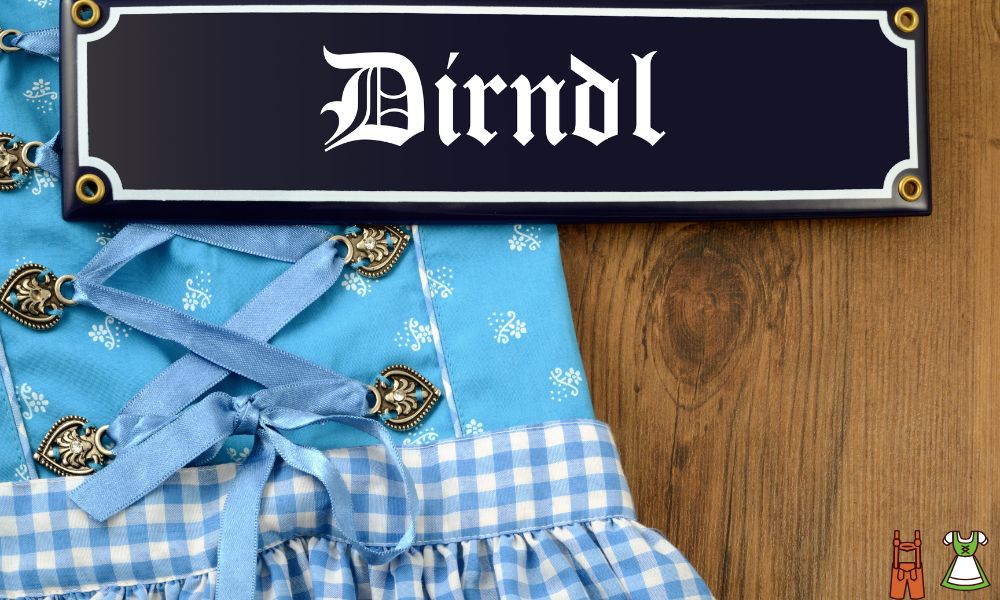German Female Dress

Bertimonials of German female dress in history: evolution as far as the German history Timeline and as defined by the distinctive features of German culture. From folk to contemporary chic styled dresses, the German female dress has indeed travelled a long way resulting from history, sociocultural and fashion. The clothing of German female during the Middle Ages was mostly characterised by utility.
Fashionable clothing accessories for women were plain and durable and were exactly what women needed for their causal wear. The noble women wore elaborate gowns with much embroidery, lace and frills; the clothing material used was velvet, silk, tissue, taffeta or brocade; the peasant women wore plain dresses stitched from homespun wool or linens. Waists were ‘stomacher’d and the gown was wasp-waisted, floor-length and heavily built. During the renaissance, fashion trends in Germany were becoming different.
Prints and styles of prints, riot of colours, silk and velvet were the fabrics to wear as German Female Dress. Puffed sleeves and beautiful lace collars took the bodice leaner. The dresses usually wore skits which made the dresses seem ruffled or cascading voluminous. This was also the period of the German “Tracht,” the traditional regional costume with embroideries and patterns individual for each region. It was in the eighteenth century, that two major German female fashion trends had occurred: Rococo and the Neoclassical.
Outlines got blurred and pretty contour German Female Dress with rather high waistline, with ruffles and exaggeratedly worked embroidery. And they began to adopt the hairstyles for women, especially the hairstyles for a bun and the hair accessories. German fashion was also influenced by French fashion, and many a German woman would wear French designed gowns, which were beautifully embellished with ribbon and lace. In the 19th century, with the onset of Industrial Revolution, the picture of German fashion trade also has emerged to change drastically.
So it left no option but to manufacture cheaper textiles and cloths where women had a wider range of fashion. Still, German fashion retained folk influences and with many women using folk costumes and Tracht when attending special events. The early part of the twentieth-century was marked with modernist taste in German fashion. Evening gowns, the traditional women’s wear were easy to wear, the lines were clean and there was a reduction on features such as ruching. During the Great Depression we saw improvements in length of dresses and more general and accessible shapes.
After the mid-twentieth century, the emergence of Bauhaus in Germany has fully influenced the fashion. Hence German designers are beginning to add more geometrical forms and abstract designs to create the more modern and less raster design. The war may have halted fashion in Germany, but a post war upswing in fashion did return, with traditionalism and the modern mashed up.
But the Tracht remained favourite and young ladies were wearing folk dresses on festive days and going to parties. Extensions of German fashion through the decades began to incorporate aspects of the other cultures and start experimenting on the kind of fashion that they would want to establish. Modern German female dress is a complex phenomenon that includes everything from folk costumes to exclusive clothing by leading designers.
Germany The Tracht style of dress is simple, but the modern dress in the current fashion style is very complex, and the traits of German dress represent the German culture. Although the subject of this book – German female dress – has now been largely set aside in the creativity of fully-fledged fashion-conscious women, the style and knowledge of weaving magic reflected in their dresses is inexhaustible, and reflects the grandhistory of the German people.
